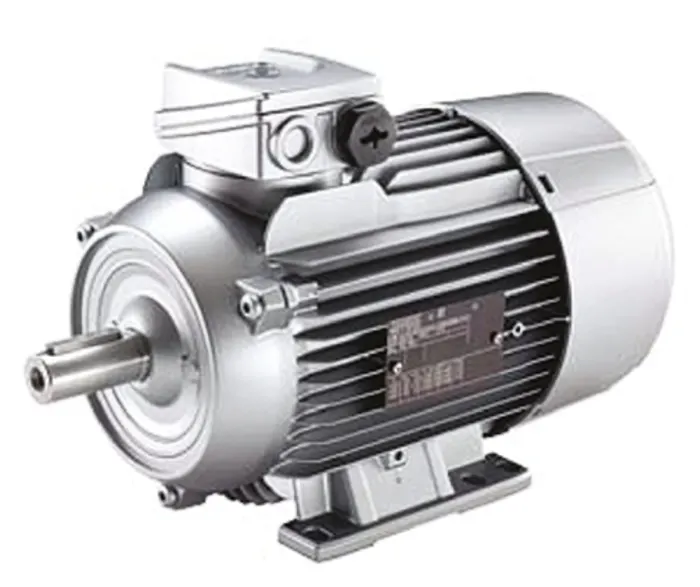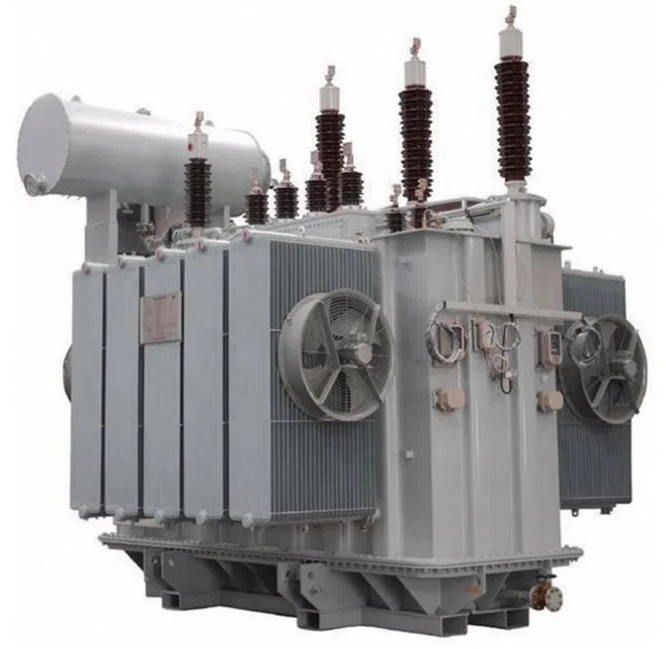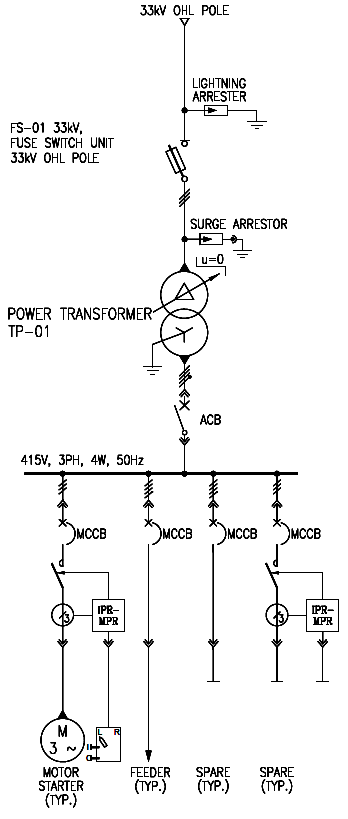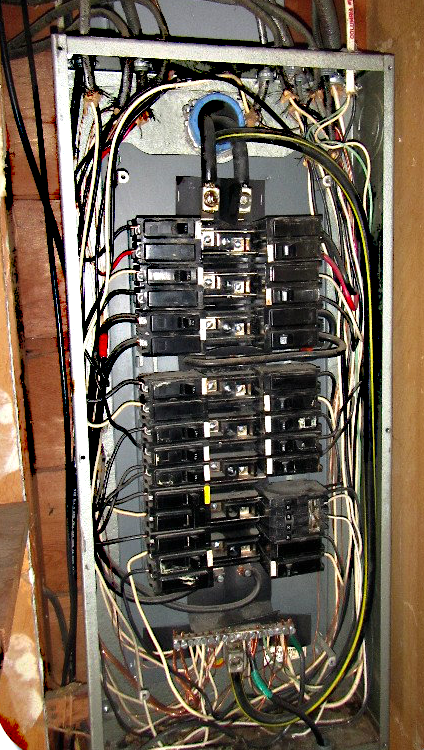Ventilation Requirements for Stationary Battery Rooms
Almost always, stationary battery rooms ventilation is an argument among engineers. However, seldom do their reasoning are based on scientific evidence to prove their position. IEC std 62485 provides a …




